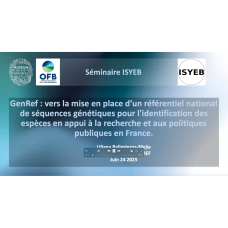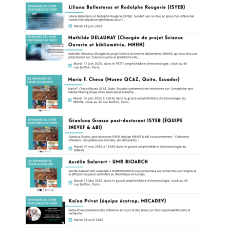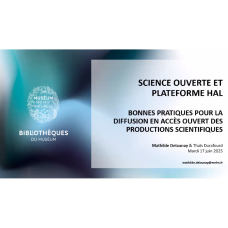Wei-Jen Chen (Professeur à l’Institut Océanographique de l’Université Nationale de Taïwan)

PLAN GRAND AMPHITHÉÂTRE ENTOMOLOGIE - MNHN PARIS

PLAN GRAND AMPHITHÉÂTRE ENTOMOLOGIE - MNHN PARIS
Présentation des travaux :
Marine biodiversity exploration, conservation and evolution of the Indo-West Pacific fishes and other organisms.
Wei-Jen Chen (陳韋仁)



